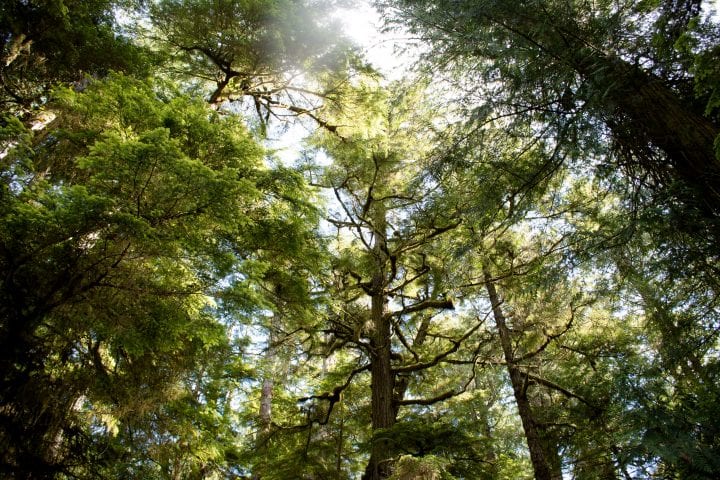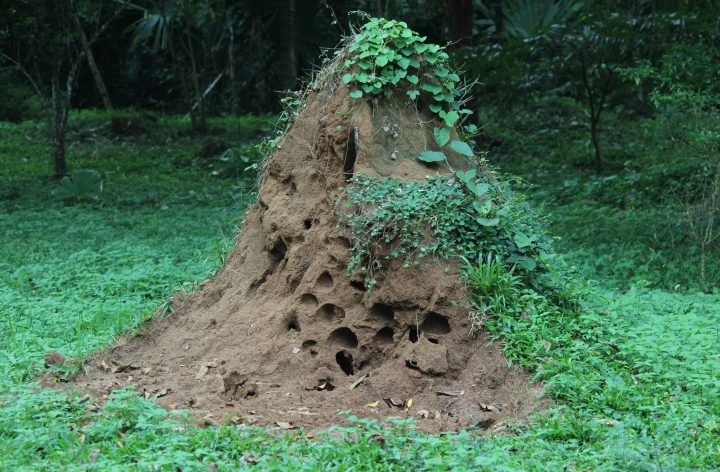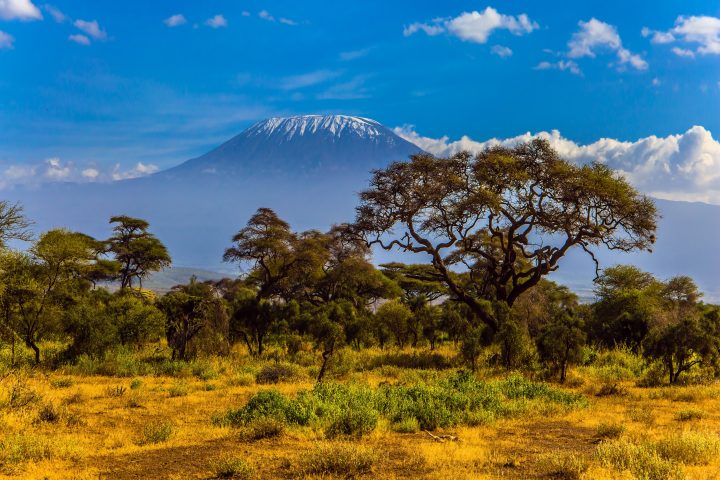Arrowgrass roots create elevated mounds in salt marshes that provide fertile habitats for diverse plants.
Introduction
Cast your eyes across a flat expanse of marshland and you might notice it’s dotted with little isles of tall grasses swaying in the breeze. These isles are created by the plants that inhabit them: seaside arrowgrass.
Arrowgrass are “ecosystem engineers.” They build wide circular mounds of dirt that rise high above incoming tides. These elevated rings add dry, fertile ground to the watery environment and allow a diverse range of plants to grow in places where they otherwise could not.
The Strategy
To avoid getting waterlogged, arrowgrass grows a shallow system of roots that spread outward near or above the surface of the surrounding water. As the arrowgrass dies and decomposes, it builds up a pile of nutrient-rich matter atop the roots. The roots continue to spread out around the center, expanding the elevated rings. They can reach up to 2 feet (60 centimeters) high and 6 feet (2 meters) wide.
The elevated rings provide ground for airborne seeds to settle and also catch seeds that float by. The porous root structure below allows oxygen to get in, which enhances plant growth. It also drains out salty water that would drown and kill plants. The arrowgrass plots become tiny isles that provide nutrients and shelter for a variety of plants to flourish.
The Potential
Most living things evolve abilities to adapt to their environments. But some, like arrowgrass and beavers, are “ecosystem engineers” that modify their environment to better suit their needs. This is known as “niche construction.”
More and more, scientists are keeping these ideas in mind as they look for ways to conserve endangered habitats and the organisms in them. They can protect essential ecosystem engineer species or devise strategies that mimic the essential functions that the species perform. As climate change threatens to raise global sea levels, arrowgrass-like strategies can help keep plants above water and stabilize salt marsh ecosystems. Theys can also inspire nature-based approaches for raising ground above water or flood levels, or otherwise managing landscapes in sustainable and eco-friendly ways.







